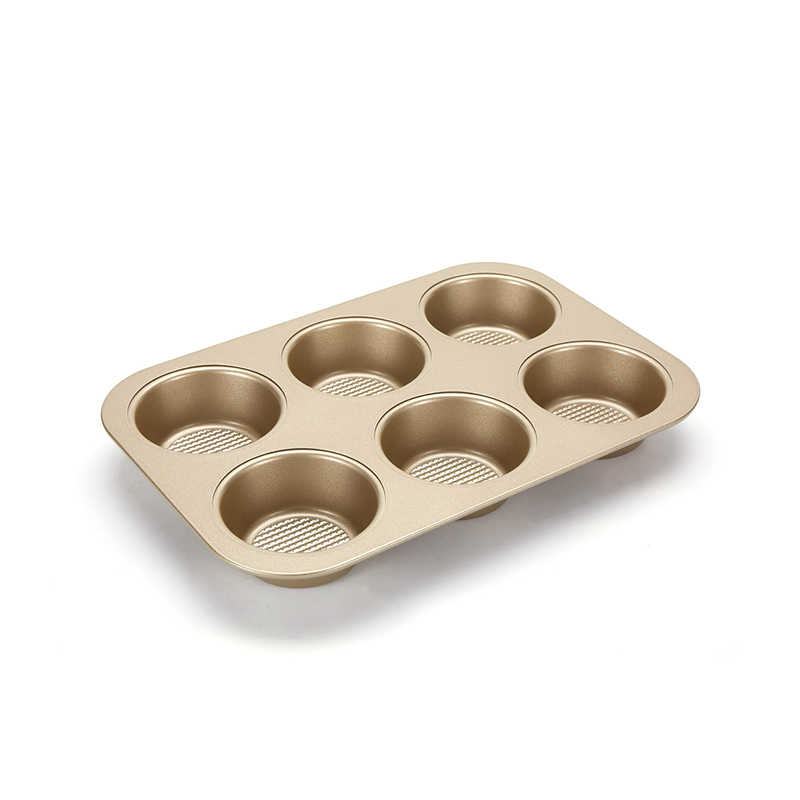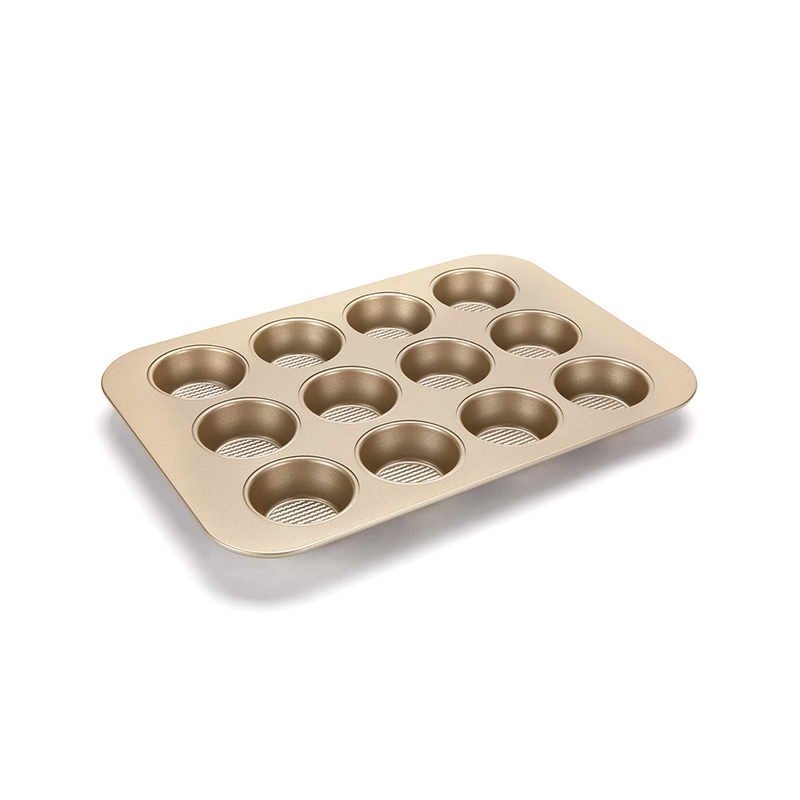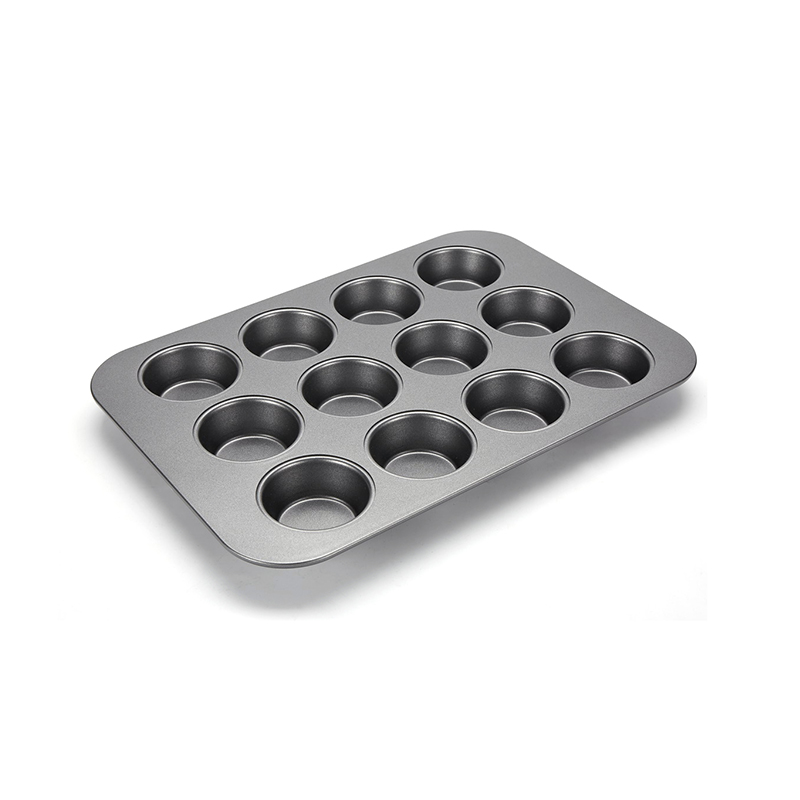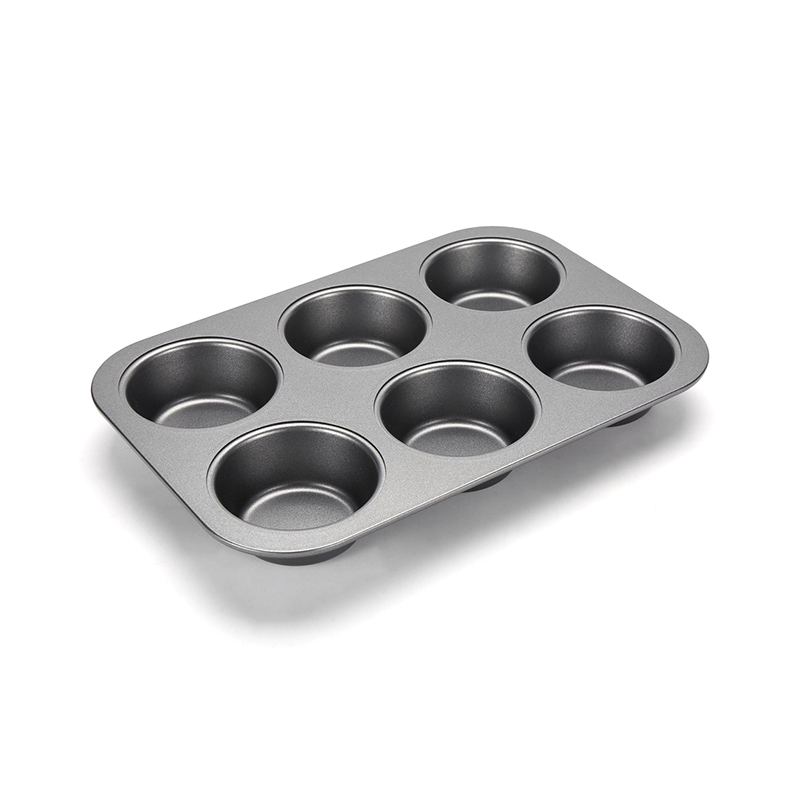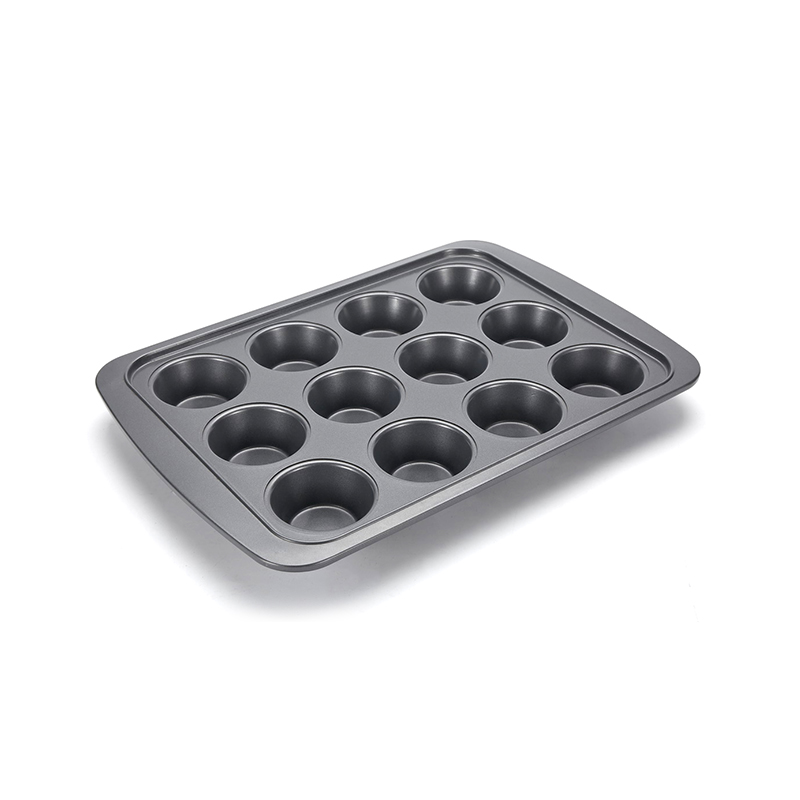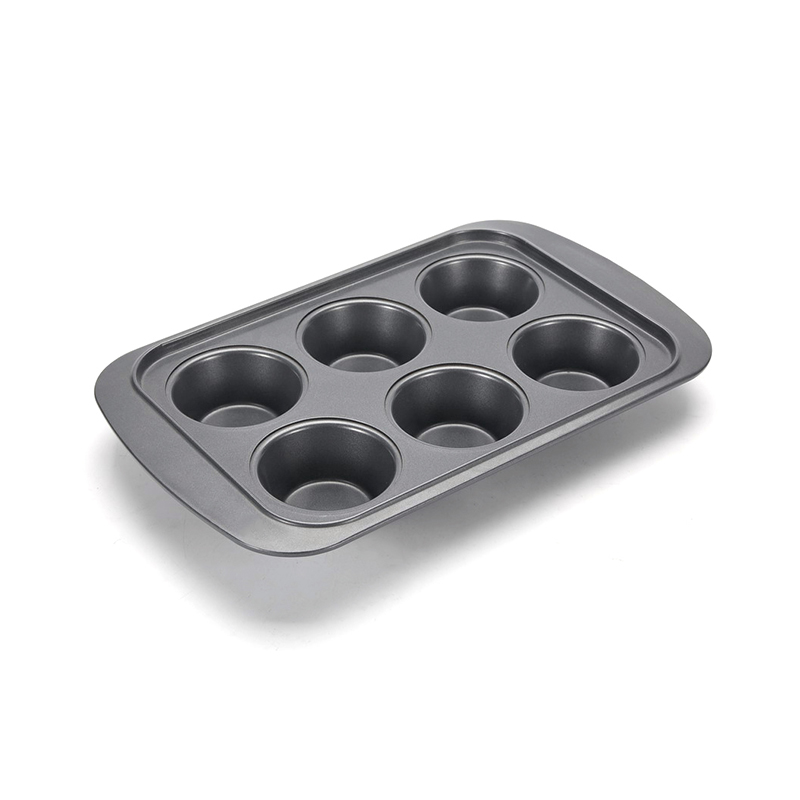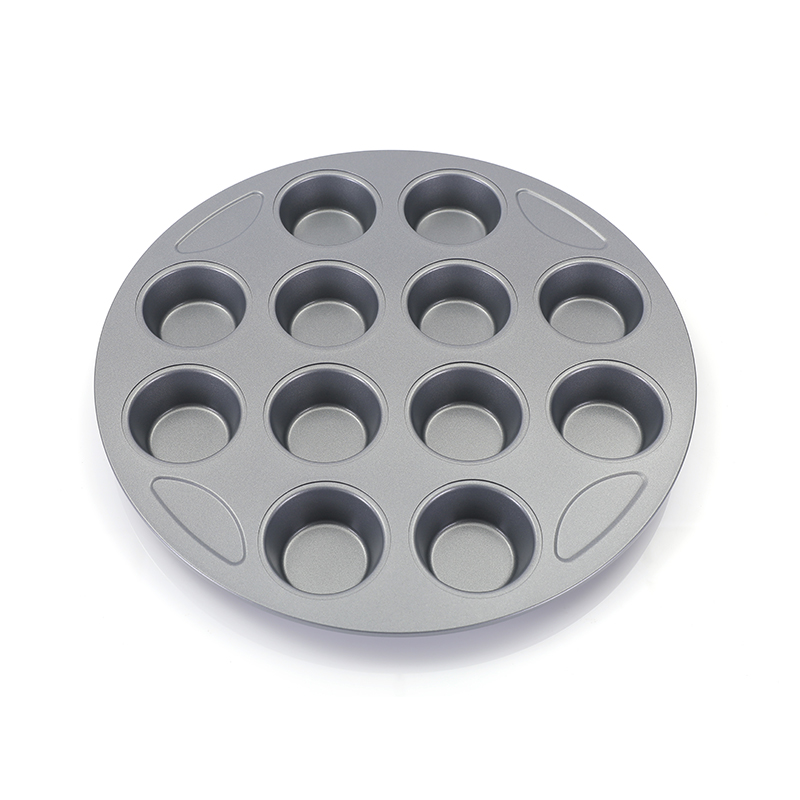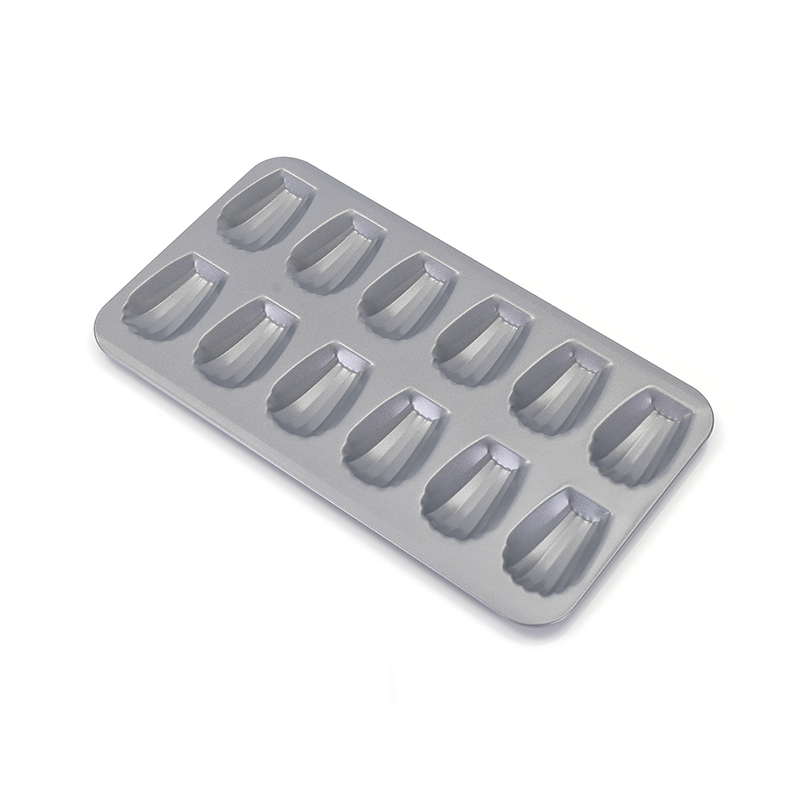Baking the good cake requires more than just a good recipe - the pan you use plays a crucial role in determining baking time and final results. Whether you're using a cake rectangle pan, cake square pan, or cake springform, understanding how each shape affects baking can mean the difference between a moist, evenly-cooked dessert and one that's overdone or underbaked.
Fundamental factor in adjusting baking times comes down to batter depth. A cake rectangle pan typically holds more batter at a shallower depth than round pans of similar volume, meaning it will bake faster. Conversely, a tall cake springform pan creates deeper batter layers that require longer in the oven. This explains why the same cake recipe might bake in 25 minutes in a 9x13 inch cake rectangle pan but need 45 minutes in an 8-inch cake springform.
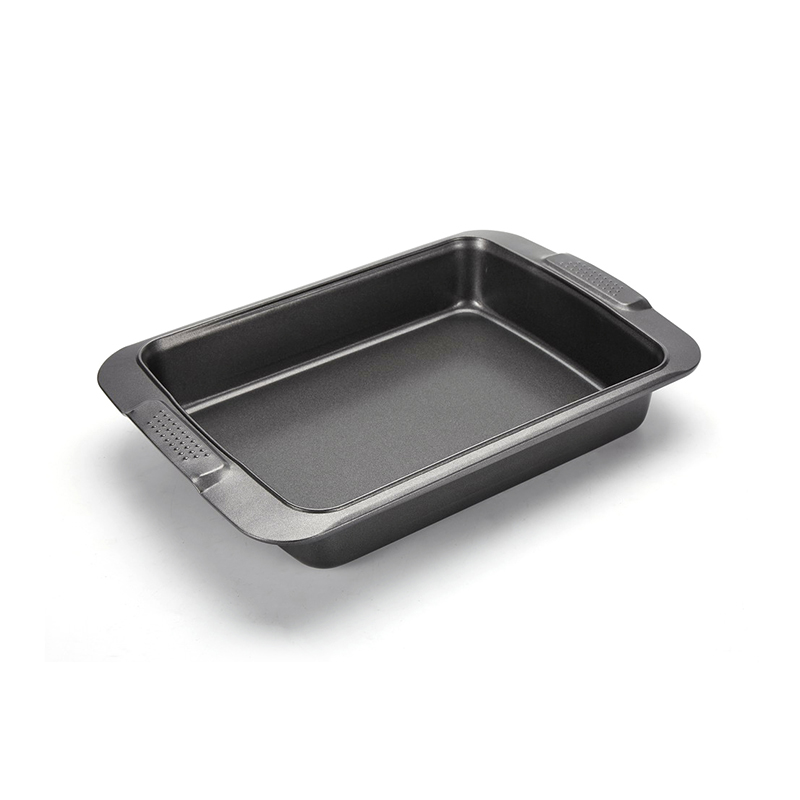
Surface area also dramatically impacts baking time. A cake square pan exposes more batter to the pan's edges and the oven's heat compared to round pans of similar volume. This increased edge exposure causes square cakes to bake faster and develop more caramelization along the sides. Many bakers find they need to reduce oven temperature by about 25°F when switching from round pans to a cake square pan to prevent over-browning while allowing the center to cook through.
Material composition further complicates timing adjustments. Dark metal cake rectangle pans absorb and conduct heat more efficiently than lighter-colored pans, potentially requiring a 10-15% reduction in baking time. Glass cake springform pans, popular for cheesecakes, heat more slowly but retain heat longer, often needing a temperature reduction of about 25°F from metal pan recipes.
The unique design of a cake springform presents special considerations. While the removable sides make unmolding delicate cakes easier, the seam between base and ring can allow batter to leak if not properly sealed. This design also means heat transfers differently than with solid pans, sometimes requiring 5-10 extra minutes of baking time compared to standard round pans of similar diameter.
For those using a cake square pan, corner heat distribution becomes important. The right angles of square pans create hotspots where batter cooks faster, potentially causing overdone corners if not monitored. Some bakers combat this by placing foil strips around the pan's perimeter or using insulating pan bands to slow edge cooking.
Conversion between pan types follows some general guidelines. When substituting a cake rectangle pan for round pans, reduce baking time by about 15-20% and check for doneness early. Going from standard pans to a deeper cake springform? Expect to increase time by 25-30% while possibly lowering temperature slightly to prevent doming and cracking.
approach when trying a new pan shape is to begin checking for doneness about 10 minutes before the original recipe's suggested time. For cake square pans, test the center and corners separately since they may cook at different rates. With a cake springform, the removable bottom means you can check underneath for even browning - a useful indicator of doneness that solid pans don't offer.
Remember that oven placement matters too. A cake rectangle pan benefits from being centered in the oven, while multiple pans (like baking two cake square pans simultaneously) need proper spacing for air circulation. The tall sides of a cake springform may require positioning on a lower rack to prevent top over-browning.
Modern bakers have more options than ever, from professional cake rectangle pans with reinforced edges to non-stick cake square pans with good right angles. No matter which you choose, understanding how pan shape affects baking time will help you achieve consistent results. The next time you reach for that cake springform instead of your usual pans, a few simple adjustments can ensure your cake comes out goodly.
Mastering different pan shapes makes you a more versatile baker. Whether it's sheet cakes in a cake rectangle pan, elegant layers from a cake square pan, or delicate cheesecakes in a cake springform, each has its own characteristics that, when understood, cause baking success. Keep notes on what works with your specific pans and oven, and you'll soon be able to adapt any recipe to any pan with confidence.




 English
English  Deutsch
Deutsch  Español
Español 